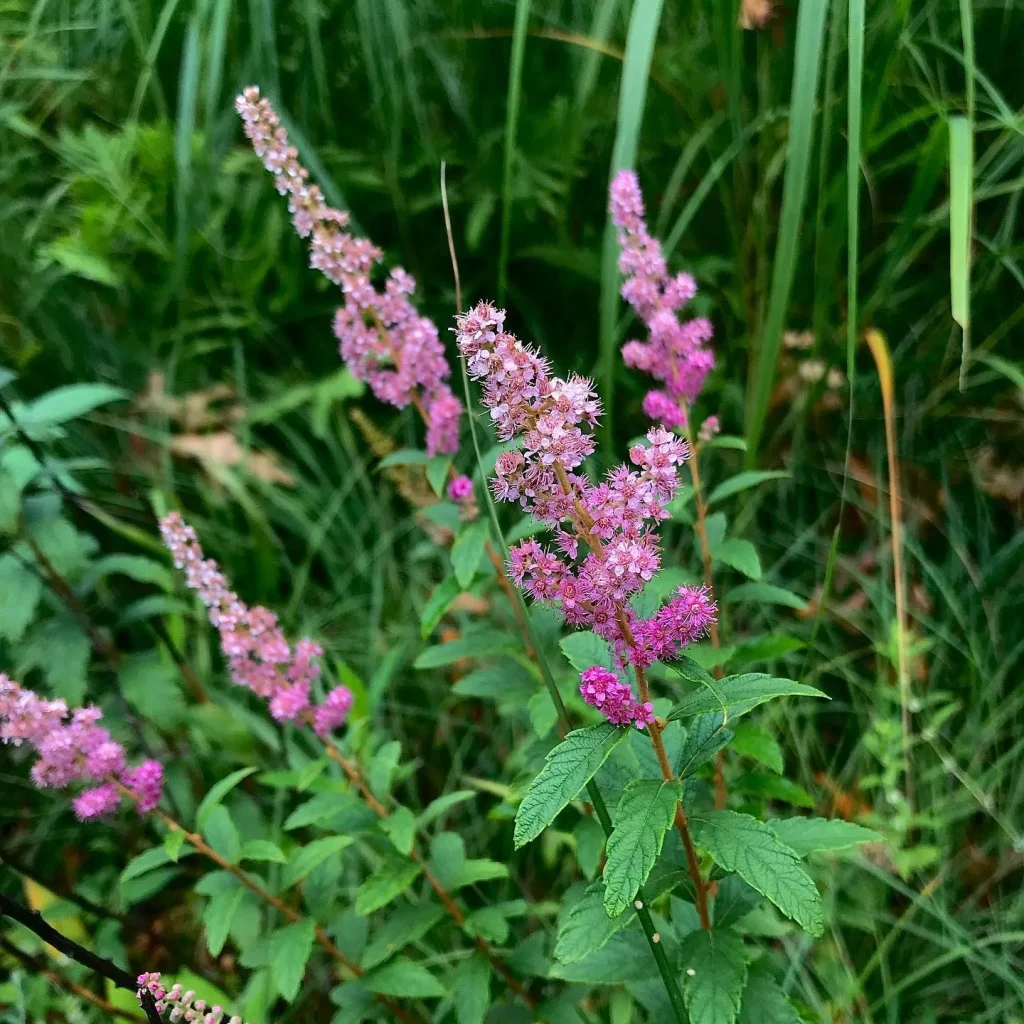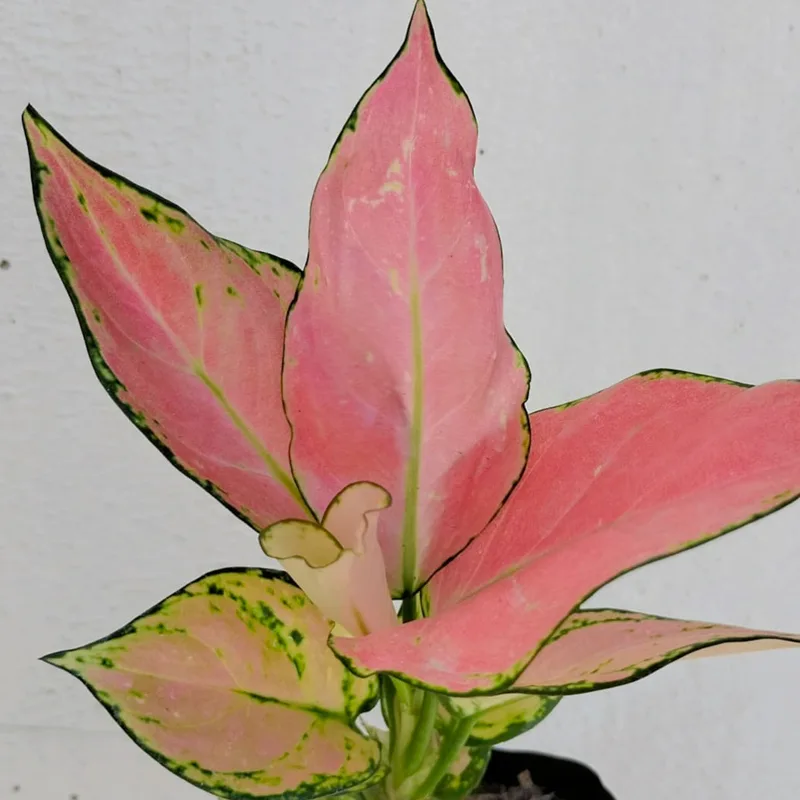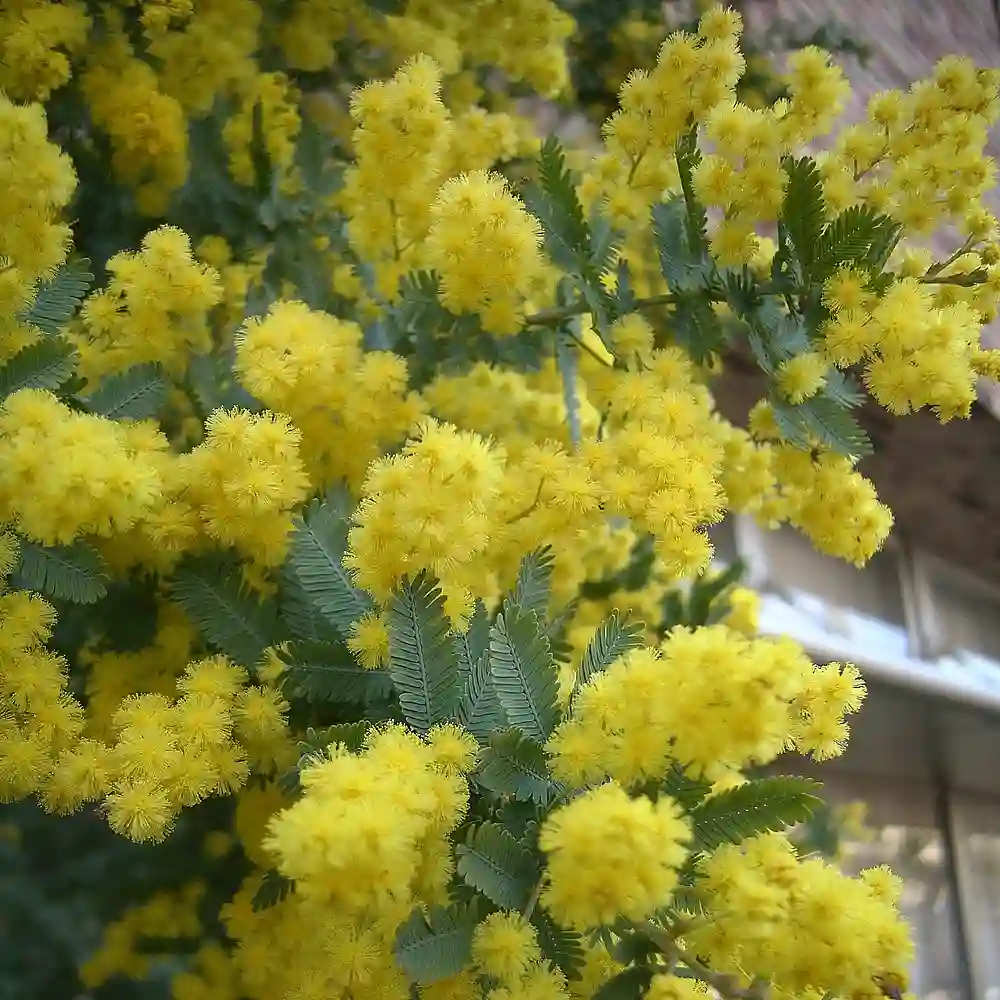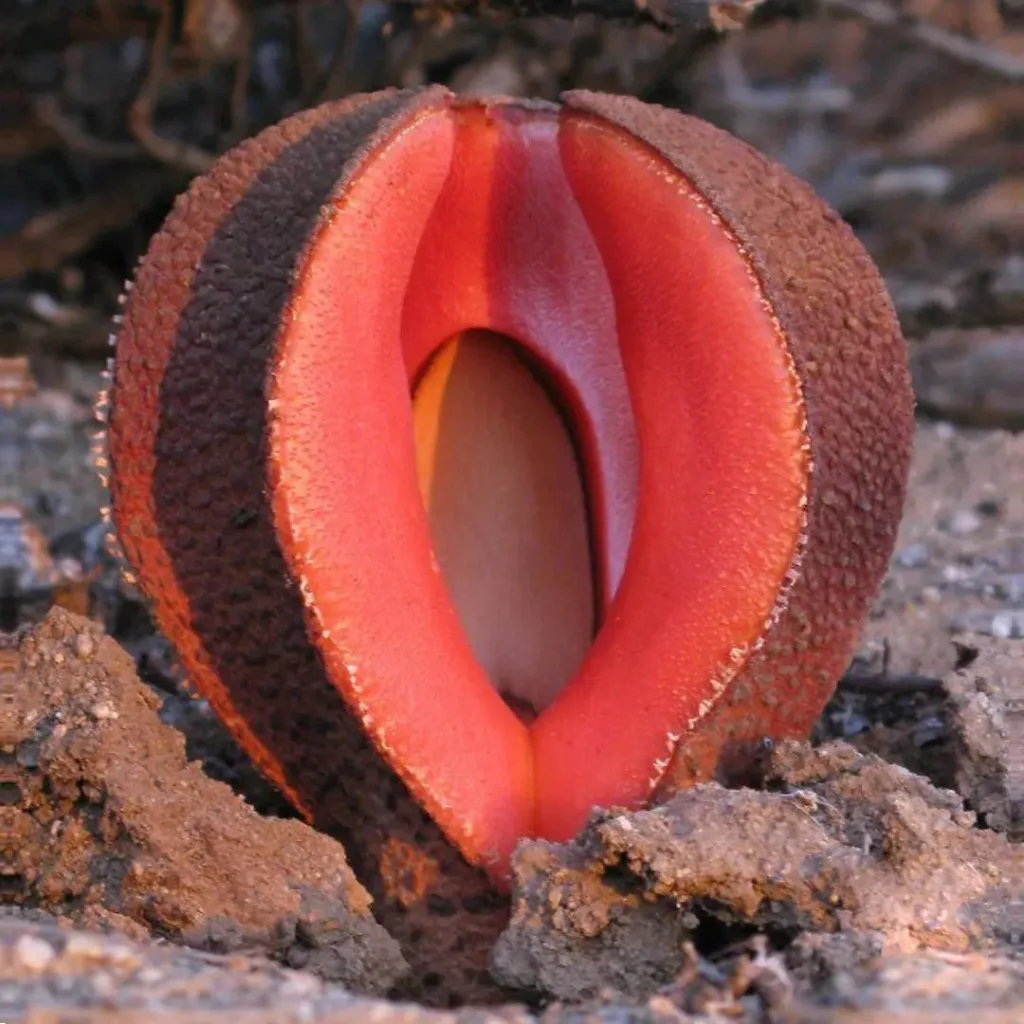FAQs About Simmondsia Jojoba
Simmondsia Jojoba, commonly known as Jojoba, is a versatile plant that has garnered attention for its many uses, particularly in the beauty and skincare industries. Over the years, I’ve had the pleasure of learning more about this unique plant, and I thought I’d share some frequently asked questions that often come up.
What is Simmondsia Jojoba?
Simmondsia Jojoba is a perennial shrub native to the desert regions of the southwestern United States and northwestern Mexico. The plant is known for its oval-shaped leaves and greenish-yellow flowers. However, its most valuable part is the seeds, which produce a liquid wax commonly referred to as Jojoba oil. This oil is rich in vitamins and minerals, making it a popular ingredient in skincare and haircare products.
How to Care for Simmondsia Jojoba?
Caring for Simmondsia Jojoba is relatively straightforward, especially if you live in a dry, desert-like climate similar to its native habitat. Here are some care tips:
- Light: Jojoba thrives in full sun. It needs at least 6 to 8 hours of direct sunlight each day.
- Water: The plant is drought-tolerant and does not require frequent watering. Allow the soil to dry out completely between waterings. Overwatering can lead to root rot.
- Soil: Well-draining soil is crucial for Jojoba. Sandy or gravelly soil works best, as it mimics the plant’s natural environment.
- Temperature: Jojoba is hardy and can tolerate temperatures ranging from hot desert heat to slightly below freezing. However, it does best in warm conditions.
- Fertilizer: It doesn’t need much feeding. A light application of a balanced fertilizer once a year in the spring is sufficient.
How to Propagate Simmondsia Jojoba?
Propagating Simmondsia Jojoba can be done through seeds or cuttings. Here’s a step-by-step guide for each method:
- Seeds: Collect seeds from mature Jojoba plants and plant them in a well-draining soil mix. Keep the soil slightly moist until germination, which can take several weeks. Ensure the seedlings receive plenty of light.
- Cuttings: Take semi-hardwood cuttings in the late spring or early summer. Dip the cut end in rooting hormone and plant it in a sandy, well-draining soil mix. Keep the soil moist and the cutting in a warm, bright location. Roots should develop in a few weeks.
Can You Grow Simmondsia Jojoba Indoors?
Growing Simmondsia Jojoba indoors is possible but challenging due to its need for full sunlight and well-draining soil. If you want to grow it indoors, place the plant near a south-facing window where it can receive plenty of light. Use a cactus or succulent potting mix to ensure good drainage. Water sparingly and provide adequate air circulation to prevent mold and mildew.
Is Simmondsia Jojoba Toxic?
One of the benefits of Simmondsia Jojoba is that it is non-toxic to humans and pets. Jojoba oil, derived from the seeds, is widely used in skincare and cosmetic products due to its safety profile. However, ingestion of large amounts of the seeds or raw oil can cause digestive discomfort. It’s always best to keep the plant and its oil out of reach of curious pets and children.
What are the Benefits of Simmondsia Jojoba Oil?
Jojoba oil has numerous benefits, especially in skincare:
- Moisturizing: Jojoba oil closely resembles the natural oils produced by our skin, making it an excellent moisturizer. It helps to balance oil production and hydrate without clogging pores.
- Anti-inflammatory: The oil has anti-inflammatory properties, which can help soothe skin conditions such as eczema and psoriasis.
- Antioxidant: Rich in vitamins E and B, as well as minerals like zinc and copper, Jojoba oil helps protect the skin from oxidative stress.
- Anti-acne: Its non-comedogenic nature means it doesn’t block pores, which makes it suitable for acne-prone skin.
What is Hydrogenated Simmondsia Chinensis Jojoba Oil? Is It Safe?
Hydrogenated Simmondsia Chinensis Jojoba Oil is a form of Jojoba oil that has been chemically altered to change its texture from a liquid to a solid or semi-solid state. This process enhances the oil’s stability, making it useful in products like lip balms and lotions. It retains all the beneficial properties of regular Jojoba oil and is considered safe for use in skincare and cosmetic products. Its stability means it has a longer shelf life, which is advantageous for both manufacturers and consumers.
Common Problems with Simmondsia Jojoba
Simmondsia Jojoba is a hardy plant, but it can face some issues:
- Overwatering: As mentioned, Jojoba is drought-tolerant. Overwatering can lead to root rot, a common problem in well-intentioned but inexperienced gardeners.
- Pests: While generally pest-resistant, Jojoba can sometimes be affected by common garden pests like aphids or spider mites. Regular inspection and the use of natural insecticides can help manage these pests.
- Soil Drainage: Poor drainage can cause issues for Jojoba. Ensure the soil and containers used have adequate drainage to prevent waterlogging.
What Can You Plant with Simmondsia Jojoba?
Simmondsia Jojoba pairs well with other drought-tolerant plants. Consider companion plants like Lavender, Sage, or Agave. These plants not only thrive in similar conditions but also create a beautiful and cohesive landscape design, perfect for xeriscaping.
Simmondsia Jojoba vs. Other Similar Plants
Jojoba is often compared to other oil-producing plants such as Argan or Coconut. Unlike these plants, Jojoba oil is technically a liquid wax and is closer to the skin’s natural sebum. This makes it less greasy and more easily absorbed. When comparing it to similar-looking desert shrubs like Creosote Bush or Mesquite, Jojoba stands out due to its unique seeds and the valuable oil they produce.
In conclusion, Simmondsia Jojoba is a remarkable plant with diverse uses and benefits. Whether you’re interested in growing it for its hardy nature or utilizing its oil for skincare, Jojoba is a versatile and valuable addition to any garden or personal care routine.



